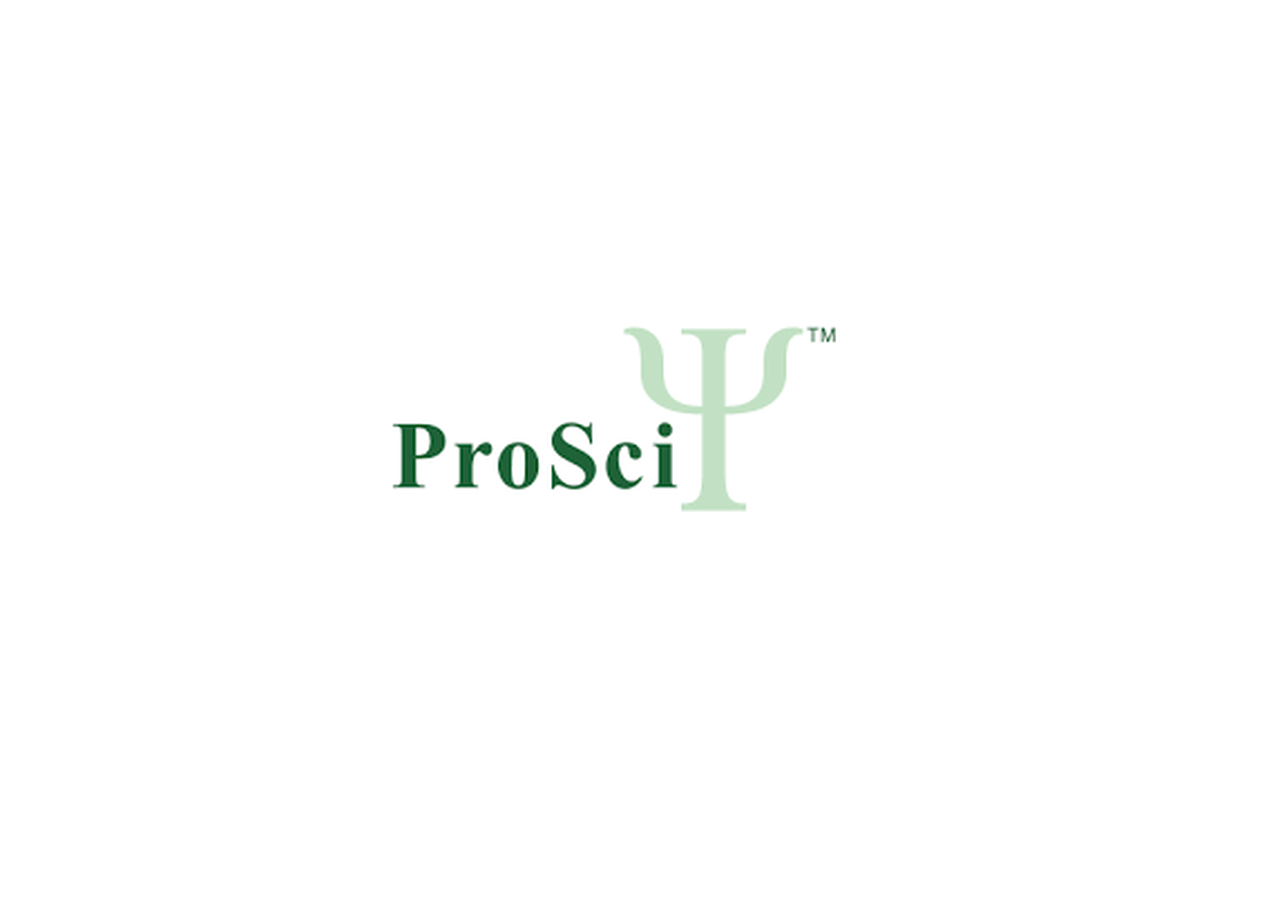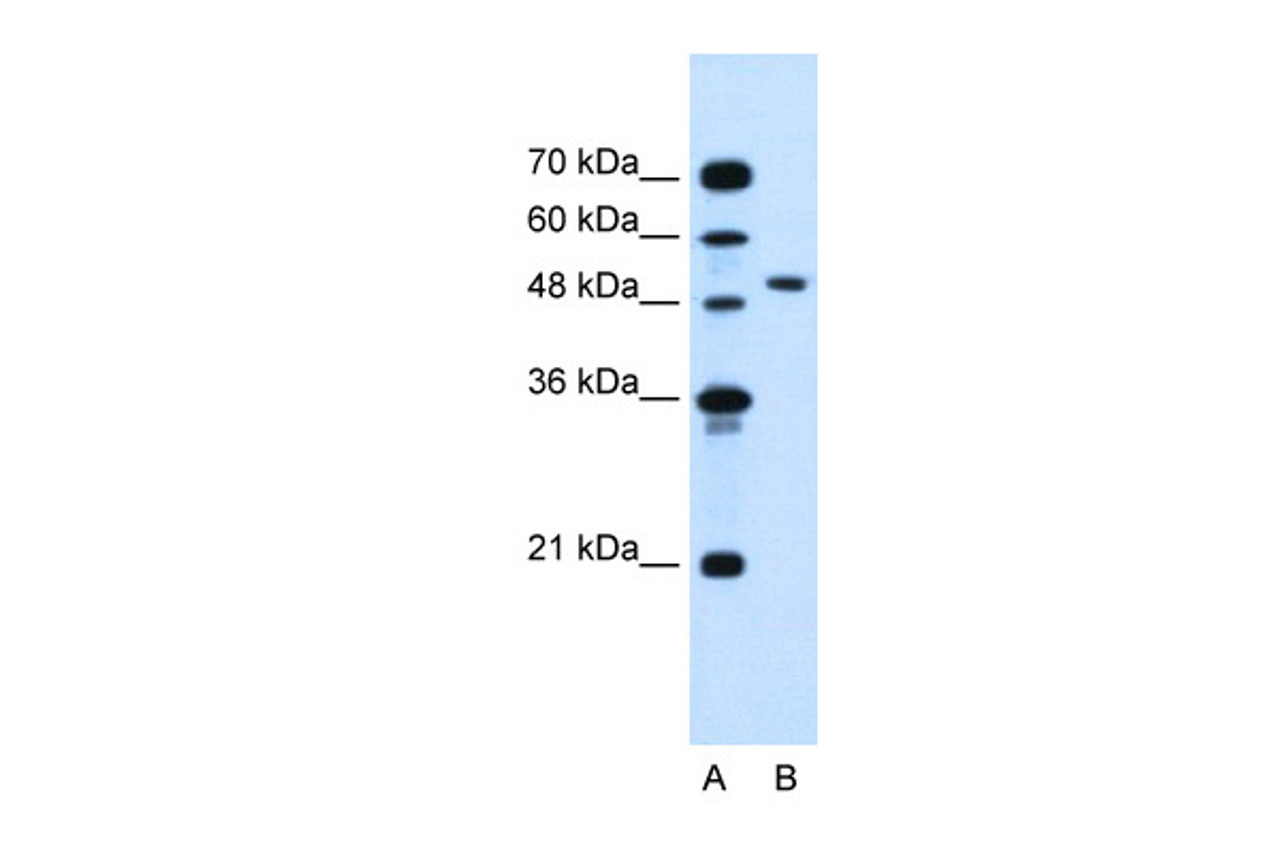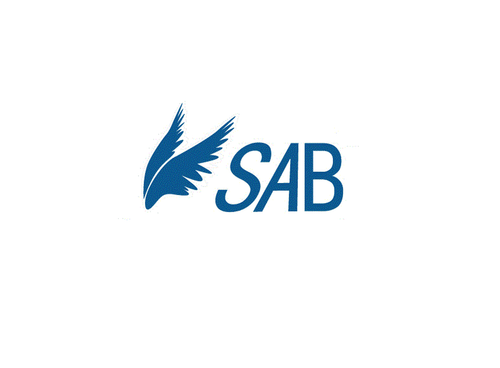Product Description
NR1I2 Antibody | 29-121 | ProSci
Host: Rabbit
Reactivity: Human
Homology: N/A
Immunogen: Antibody produced in rabbits immunized with a synthetic peptide corresponding a region of human NR1I2.
Research Area: Transcription, Cancer
Tested Application: E, WB
Application: NR1I2 antibody can be used for detection of NR1I2 by ELISA at 1:312500. NR1I2 antibody can be used for detection of NR1I2 by western blot at 0.5 μg/mL, and HRP conjugated secondary antibody should be diluted 1:50, 000 - 100, 000.
Specificiy: N/A
Positive Control 1: Cat. No. 1205 - Jurkat Cell Lysate
Positive Control 2: N/A
Positive Control 3: N/A
Positive Control 4: N/A
Positive Control 5: N/A
Positive Control 6: N/A
Molecular Weight: 50 kDa, 46 kDa
Validation: N/A
Isoform: N/A
Purification: Antibody is purified by protein A chromatography method.
Clonality: Polyclonal
Clone: N/A
Isotype: N/A
Conjugate: Unconjugated
Physical State: Liquid
Buffer: Purified antibody supplied in 1x PBS buffer with 0.09% (w/v) sodium azide and 2% sucrose.
Concentration: batch dependent
Storage Condition: For short periods of storage (days) store at 4˚C. For longer periods of storage, store NR1I2 antibody at -20˚C. As with any antibody avoid repeat freeze-thaw cycles.
Alternate Name: NR1I2, BXR, ONR1, PAR, PAR1, PAR2, PARq, PRR, PXR, SAR, SXR
User Note: Optimal dilutions for each application to be determined by the researcher.
BACKGROUND: NR1I2 belongs to the nuclear receptor superfamily, members of which are transcription factors characterized by a ligand-binding domain and a DNA-binding domain. NR1I2 contains a zinc finger domain.NR1I2 is a transcriptional regulator of the cytochrome P450 gene CYP3A4, binding to the response element of the CYP3A4 promoter as a heterodimer with the 9-cis retinoic acid receptor RXR. It is activated by a range of compounds that induce CYP3A4, including dexamethasone and rifampicin. NR1I2 belongs to the nuclear receptor superfamily, members of which are transcription factors characterized by a ligand-binding domain and a DNA-binding domain.The gene product belongs to the nuclear receptor superfamily, members of which are transcription factors characterized by a ligand-binding domain and a DNA-binding domain. The encoded protein is a transcriptional regulator of the cytochrome P450 gene CYP3A4, binding to the response element of the CYP3A4 promoter as a heterodimer with the 9-cis retinoic acid receptor RXR. It is activated by a range of compounds that induce CYP3A4, including dexamethasone and rifampicin. The gene product contains a zinc finger domain. Three alternatively spliced transcripts that encode different isoforms have been described, one of which encodes two products through the use of alternative translation initiation codons. Additional transcript variants derived from alternative promoter usage, alternative splicing, and/or alternative polyadenylation exist, but they have not been fully described.
 Euro
Euro
 USD
USD
 British Pound
British Pound
 NULL
NULL










